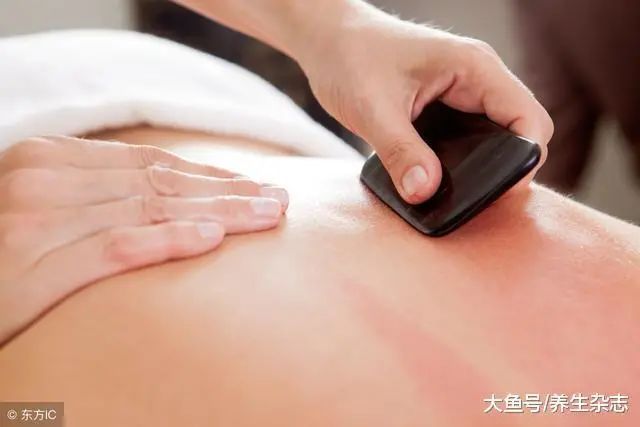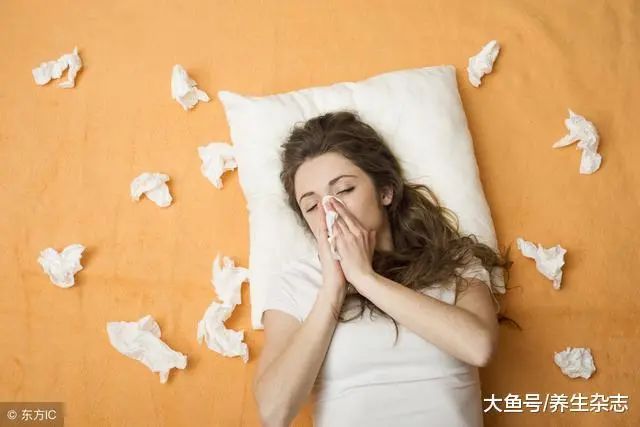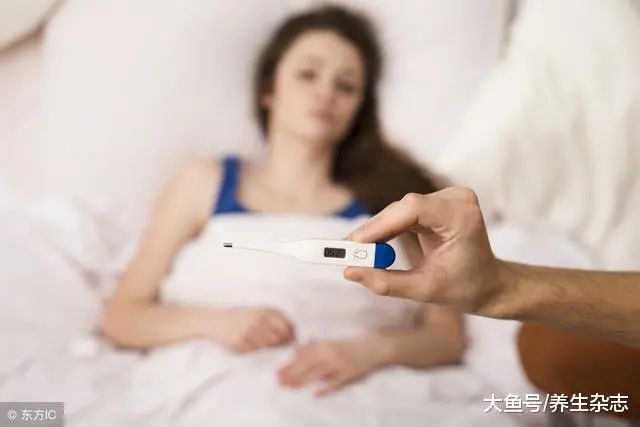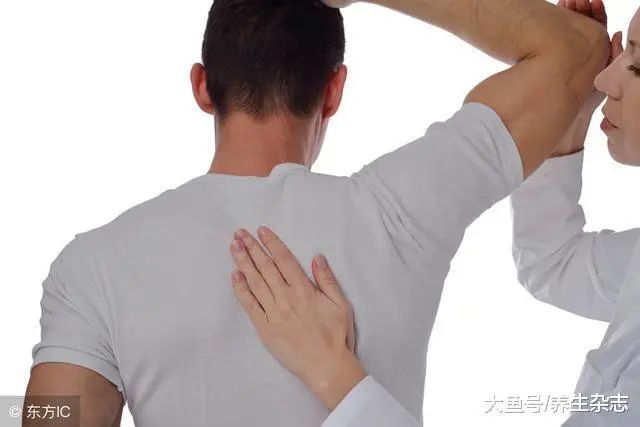Gua Sha is one of the methods of health preservation in Traditional Chinese Medicine (TCM). It is based on the theory of the skin in TCM, using tools (such as buffalo horn, jade, or cupping) to scrape the skin in relevant areas to achieve the goals of unblocking meridians, invigorating blood circulation, and resolving blood stasis.

In our daily lives, many people enjoy Gua Sha. It is well-known that Gua Sha helps improve physical fitness, relax muscles and meridians, invigorate blood circulation, eliminate toxins, relieve fatigue, and effectively perform self-care. The benefits of Gua Sha are evident.
Moreover, Gua Sha can treat certain diseases; let’s take a look at them.
What Diseases Can Gua Sha Treat?
1. Common Cold

The common cold is a prevalent respiratory disease that can occur in all seasons. It is mainly caused by a decline in the immune function of the patient, leading to external pathogenic factors such as wind-cold, wind-heat, or damp-heat. Common symptoms include headache, body aches, fever, chills, fatigue, nasal congestion, runny nose, and cough. Some patients may also experience poor appetite, nausea, diarrhea, and vomiting.
Gua Sha Areas:
Chest: (Cough) — from inside to outside (Ren Mai: Tiantu to Zhongfu point);
Neck: (Fever) — at the seventh cervical vertebra (Du Mai: Dazhui point), at the outer elbow crease (Large Intestine Meridian: Quchi point);
Spine: (Fever) — on both sides of the spine (Du Mai — Huatuojiaji points), two finger widths beside the second thoracic vertebra (Bladder Meridian: Fengmen point);
2. Headache

Headache is a common clinical symptom that can occur in various acute and chronic diseases, such as colds, hypertension, cervical spondylosis, febrile diseases, and intracranial or otorhinolaryngological diseases. It is often caused by wind invasion of the meridians, hyperactivity of liver yang, qi and blood deficiency, and blood stasis. Tension-type headaches are caused by prolonged anxiety, stress, and fatigue; migraines are due to dysfunction of cranial blood vessel nerves. Headaches are often accompanied by nausea, vomiting, cold sweat, and pale complexion.
Gua Sha Areas:
Head: Centered on the top of the head (Du Mai: Baihui point), scraping forward (to the forehead Shen Ting point), backward (to the depression at the hairline, Bladder Meridian: Tianzhu point), left and right (to the temples);
Shoulders: Both sides of the shoulder area (scraping from top to bottom to the Jianjing point).
3. High Fever

High fever can be seen in various diseases, such as viral or bacterial infections, with a temperature around 38°C or higher, mainly presenting as high body temperature, chills, cough, flushed face, and restlessness. It is often caused by yin deficiency.
Gua Sha Areas:
Head: Between the eyebrows (Ren Mai: Yintang point), below the nose (Du Mai: Renzhong point), and at the fingertips (Shixuan) for bloodletting;
Neck: Below the seventh cervical vertebra (Du Mai: Dazhui point), and at the lung shu;
Back: On both sides of the spine (Du Mai — Huatuojiaji points), two finger widths beside the second thoracic vertebra (Bladder Meridian: Fengmen point);
Upper Limbs: On the outer side of the arm at the elbow (Large Intestine Meridian: Quchi point), and at the intersection of the thumb and index finger (Large Intestine Meridian: Hegu point).
4. Shoulder Periarthritis

Shoulder periarthritis, also known as frozen shoulder or fifty shoulder.
Gua Sha can assist in treating various diseases, including shoulder periarthritis, alleviating body pain, and helping to expel damp-cold from the body. It can also assist in treating headaches and improve sleep quality.
Gua Sha Areas:
Neck, shoulder and back, chest.
5. Fatigue Syndrome

Fatigue syndrome can be caused by poor diet, insufficient sleep, excessive physical exertion, and prolonged fatigue; symptoms include irritability, depression, and excessive psychological stress leading to physical and mental exhaustion. It is a sub-health state without organic lesions.
Gua Sha Areas:
Head: Centered on the top of the head (Baihui point), scraping forward (to the forehead), backward (to Tianzhu point), left and right (to the temples and Fengchi points);
Shoulders: Both sides of the shoulder area (scraping from top to bottom to the Jianjing point);
Back: Thoracic and lumbar vertebrae and both sides (Du Mai, Bladder Meridian);
Feet: On the outer side of the foot (Bladder Meridian: Jinggu point)

